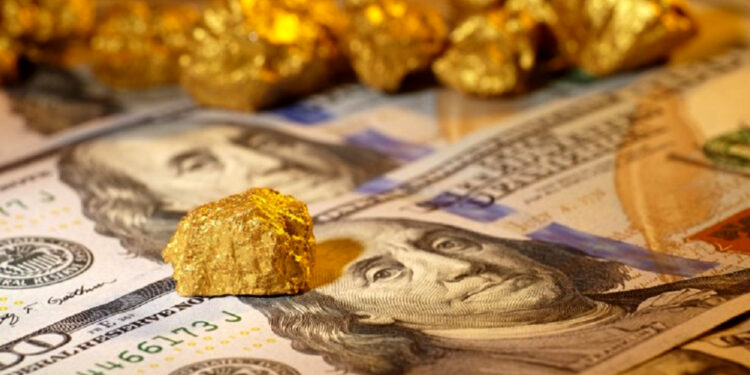Oil prices fell during today’s trading after rising in the last session, with investors remaining cautious before the release of US data on inflation, even with the market supported by expected increases in demand during the summer.
Brent crude futures for the nearest delivery fell 39 cents, or 0.5%, to $85.58 a barrel, at the time of writing, after rising 0.9% in trading yesterday.
US crude futures fell 37 cents, or 0.45%, to $81.26 a barrel, after rising 1.1% earlier.
Both benchmarks increased by about 3% last week, achieving gains for two consecutive weeks.
A preliminary poll conducted by Reuters on Monday showed that US crude oil inventories are expected to decline by up to 3 million barrels in the week ending June 21, and gasoline stocks are also expected to decline, while distillate stocks are likely to rise last week. .
The agency quoted market analyst Tina Ting as saying: “The rise in oil prices is due to optimistic expectations for demand and a decline in US inventories. With the Northern Hemisphere entering a hot summer season along with an upcoming hurricane season, demand is expected to continue to increase in the coming months.”
However, investors are cautious about further increases in oil prices due to concerns that relatively high interest rates will limit growth in fuel consumption by reducing economic activity.
As the Federal Reserve continues to focus on reducing inflation, the release of personal consumption expenditures index data – the US central bank’s preferred measure of price increases – on Friday will give more indications on the interest path.
Delaying interest rate cuts would keep the cost of borrowing higher for longer.
gold
Gold prices stabilized while investors awaited US inflation data scheduled to be released this week, which may shed some light on the US Central Bank’s position on reducing interest rates.
Spot gold contracts rose 0.11% – at the time of writing the report – to $2,337, while US futures rose 0.17% to $2,347.
“The technical indicators for gold in the short term are not positive,” said Kelvin Wong, chief market analyst for the Asia-Pacific region at OANDA. “After prices fell significantly on Friday, investors viewed it as a negative signal that explains the weak movement of gold and its continuation at current levels.”
The yellow metal fell more than 1% on Friday, with the dollar jumping after business activities in the United States increased to the highest level in 26 months this June amid a recovery in employment.
US first-quarter GDP estimates are scheduled for Thursday, and the Personal Consumption Expenditures Price Index report is scheduled for Friday.
Low interest rates reduce the opportunity cost of holding non-yielding gold.
San Francisco Federal Reserve Bank President Mary Daly said yesterday that she does not believe the US central bank should cut interest rates before policymakers are confident that inflation is heading towards 2%, but she also indicated that rising unemployment represents a growing risk.
Dollar
The dollar tried to break through the 160 yen level today, but to no avail. Fears of Japanese officials intervening to support the currency kept the yen somewhat resilient against other currencies.
The dollar fell in recent trading 0.14% to 159.36 yen after trading in a narrow range throughout Asian trading, with traders being cautious of reaching the key resistance level that led to Tokyo’s intervention in the currency amounting to 9.79 trillion yen ($61.33 billion) in late April. April and early May.
This prevented the yen from reaching new lows against other currencies. The British pound settled below its highest level in 16 years at 202.38 yen.
Minutes of the meeting issued yesterday, Monday, showed that the central bank discussed the possibility of raising interest rates in the near term, and an official called for increasing them “without significant delay.”
The yen’s most recent decline came on the back of the Bank of Japan’s monetary policy meeting in June; Policymakers disappointed investors who were betting on an immediate reduction in the Bank of Japan’s massive bond purchases.
While the dollar fell slightly ahead of the release of the US personal consumption expenditures price index on Friday, the Federal Reserve’s preferred measure of inflation.
Against a basket of currencies, the dollar index rose 0.05% to 105.53 points.



